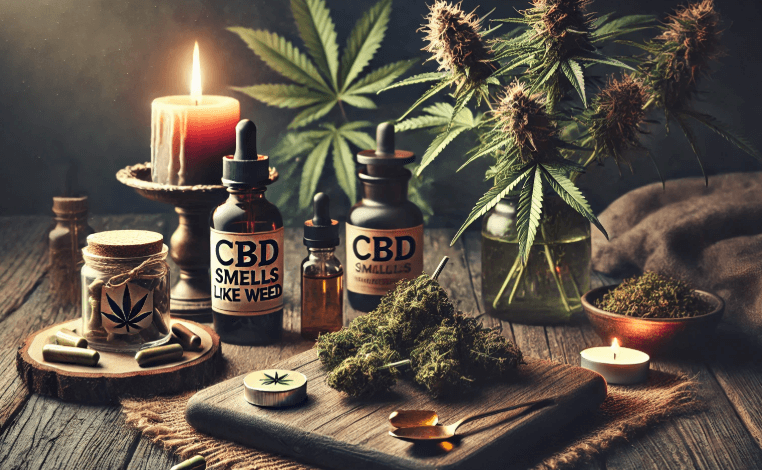Does Cbd Smell Like Thc Weed

The aromatic profiles of CBD and THC offer intriguing insights into their respective identities within the cannabis spectrum. While THC is often characterized by its robust and skunky scent, CBD presents a more subdued, earthy, and floral aroma. This distinction arises from the varying terpene compositions found in each compound, raising questions about user perceptions and experiences. As we explore these differences further, it becomes essential to consider not only the science behind these scents but also the implications they hold for consumers in an evolving market.
Understanding CBD and THC
To comprehend the nuances of cannabis compounds, one must first distinguish between cannabidiol (CBD) and tetrahydrocannabinol (THC), two of the most prominent cannabinoids found in the Cannabis sativa plant.
While THC is known for its psychoactive effects, CBD offers various cannabinoid benefits without intoxication.
Understanding these differences is crucial, especially in light of evolving legal regulations surrounding their use and accessibility.
See also: How to Make Cbd Lotion
The Aroma Profiles Explained
Aroma profiles of CBD and THC exhibit distinct characteristics that contribute to the overall experience of cannabis consumption, influencing not only user preference but also potential therapeutic effects.
CBD tends to present earthy and floral notes, while THC often boasts more pungent, skunky scents.
These scent variations are essential in understanding the nuanced interactions users may have with cannabis products, shaping both enjoyment and efficacy.
Factors Influencing Cannabis Scents
Numerous factors influence the scent profile of cannabis, including genetic strain variations, cultivation methods, and environmental conditions during growth.
Terpene influence is particularly significant, as these aromatic compounds contribute to the distinct fragrances of different cannabis strains.
Growers can manipulate these factors to enhance desired scents, ultimately shaping the sensory experience and offering consumers a diverse array of aromatic profiles in their cannabis products.
Common Misconceptions About Smell
Understanding the intricate relationship between cannabis scents often leads to several common misconceptions, particularly when it comes to distinguishing between the odors of CBD and THC.
Cultural perceptions often conflate the two, associating THC’s scent with illegality, which can obscure CBD’s legitimate uses.
This misunderstanding carries legal implications, impacting public attitudes and regulatory frameworks surrounding cannabis products and their diverse aromas.
Identifying CBD Vs. THC Odors
Distinguishing between the odors of CBD and THC requires an examination of their unique terpene profiles, which contribute to the distinctive scents associated with each compound.
Notably, cannabinoid scent differences arise from varying terpene combinations, influencing sensory perception.
While THC often emits a pungent, earthy aroma, CBD typically presents a milder, more subtle scent, reflecting the diverse nature of these cannabinoids.
Conclusion
In the garden of cannabis, THC and CBD bloom as distinct flowers, each with a unique fragrance that beckons different pollinators.
THC’s bold, skunky aroma may attract those seeking a potent high, while CBD’s gentle, earthy scent invites a calmer exploration of wellness.
Understanding these aromatic profiles allows consumers to navigate the diverse landscape of cannabis with greater awareness, fostering informed choices that resonate with individual needs and preferences in the quest for balance and harmony.




